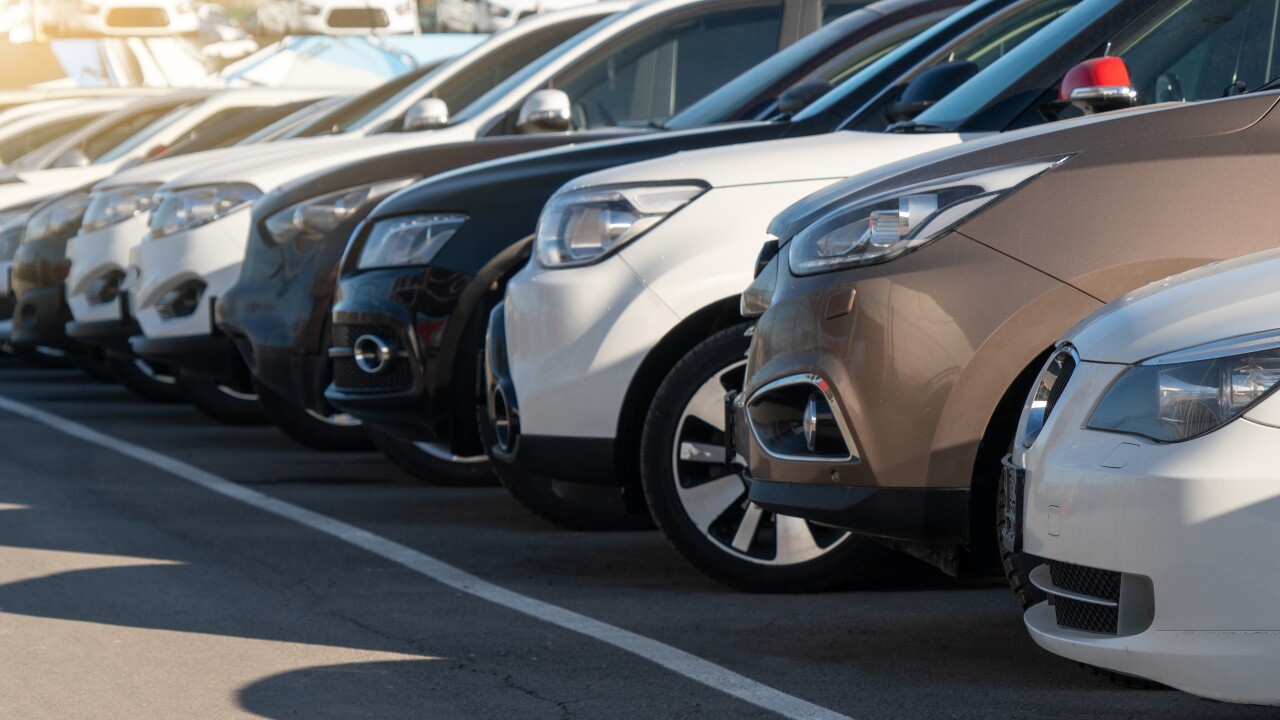Apple Pay's slow expansion around the world seems to have gotten a jolt with the announcement of multiple Canadian issuers signing on board, but it still faces many of the same roadblocks that have plagued adoption elsewhere.
Considering that
But as time passed and consumer interest in
It's a much different world from the one Apple Pay came into in 2014.
At the time of Apple Pay's U.S. debut, many banks were trigger-shy about launching their own mobile wallets, waiting for Apple to develop its own option or at least to build an iPhone capable of making Near Field Communication-based contactless payments. Today, all major smartphone models come with NFC and other relevant technology such as fingerprint readers.
Banks in Canada and other markets are becoming more aggressive in developing their own branded wallets, a movement that likely gave the country's banks a little more leverage in negotiations with Apple, said Greg Weed, director of card research at Phoenix Marketing, which has monitored Apple's adoption closely since the U.S. launch.
Royal Bank of Canada, one of Apple's new partners in Canada, has long advocated that banks independently develop their own mobile payment strategies rather than follow the lead of a third party. In 2014, it became the first bank in North America to use
"A third-party wallet in the midst of banks trying to control the transaction and merchants wanting to control their customer relationship, certainly make it not a clear-cut case [for acceptance]," Weed said. "A lot of banks and merchants are not happy that Apple gets the money right now."
Apple's cut of a $100 card payment transaction has most often been reported at 15 cents, a number that U.S. banks reluctantly agreed to in late 2014. If Apple was seeking the same deal in other regions, that figure may have caused friction among other card issuers, particularly those that had already begun developing their own mobile payment strategy.
Apple did not respond to inquiries about the stronger push into Canada by deadline. Though the company has not openly discussed its fees for Apple Pay, its executives said revenue from its mobile wallet
Four months after Apple Pay's October 2014 launch in the U.S., 11% of iPhone 6 users had linked a payment card to it. A year after that launch, the number of Apple Pay adopters had reached only 14%, according to Phoenix Marketing research.
Nevertheless, Apple has made headway in its push to expand its mobile wallet business, including this week's announcement of issuer support in Canada. RBC and Canadian Imperial Bank of Commerce agreed to introduce Apple Pay to customers on May 10 for both credit and debit cards for purchases of $100 or less. ATB Financial and Canadian Tire Financial Services are offering Apple Pay only on credit cards. Bank of Montreal, Toronto-Dominion Bank and Bank of Nova Scotia will offer Apple Pay in the coming months.
"Apple has gotten past the notion that Apple Pay is an extension of how banks and payment brands want to do things," said Steve Mott, principal of BetterBuyDesign, a Stamford, Conn.-based consulting firm.
It's more important for Apple at this point to use Apple Pay as a value-add in new markets to convince consumers they don't need to go to a competitor to obtain "all of these cool services," Mott said.
Also, even though Apple is doing a good job of reaching out to merchants for more acceptance at the point of sale, it likely won't make inroads any quicker in Canada than it has in other countries, Mott added.
Mechanical and operational issues are tugging at mobile wallet progress now, Mott said, at least in part because merchants are bucking Visa's rules that they must accept all NFC wallets if they accept one, Mott said. "Some are just taking contactless out of the equation because they hate Visa's rules, and there are some wallets they don't want to support," he added.
It is not yet clear how Canadian merchants will view the Visa rule, considering that MasterCard reported early this year that
While more NFC terminals may be in operation in Canada, Apple must still convince more consumers to keep using Apple Pay after they enroll a card.
"A lot of people like Apple Pay, but for many, it is just not part of their lifestyle to make payments with their phones," Mott said.
Phoenix Marketing's Weed agrees. "It is a very odd circumstance, really, that so many people have loaded a card, but the next step is really making them connect that card with actual payments," Weed said.
But the new Canadian push does signal a potential cooling down of any conflicts the banks might have with Apple over contractual terms or competitive issues.
In the U.K., Barclays already had its own mobile and wearable payments offerings, and that may have been a factor in its delayed support of Apple Pay. That Barclays eventually signed on with Apple shows that bank-branded mobile wallets and Apple Pay can co-exist, particularly for in-app payments.
The upcoming launch of Chase Pay in the U.S. is another example of a bank aggressively cutting deals with merchants and pushing for consumer adoption, while also working Apple Pay into its digital payment offerings. JPMorgan Chase was one of the most prominent Apple Pay supporters when the mobile wallet launched in the U.S.
And Apple may soon have similar success to report in China. Many international business publications reported this week that Apple CEO Tim Cook is planning a trip to China in an attempt to strengthen his company's standing in that country in the wake of the government shutting down Apple's online stores. Such talks could also open the door for Apple Pay's further expansion.





